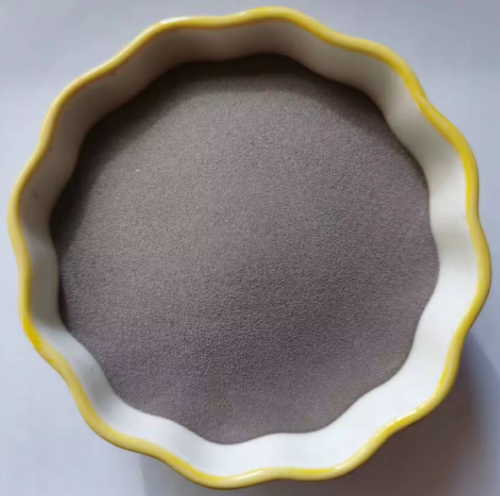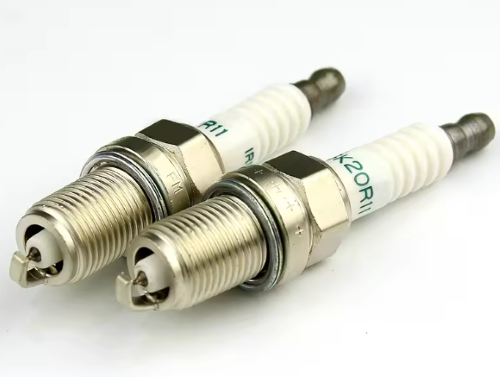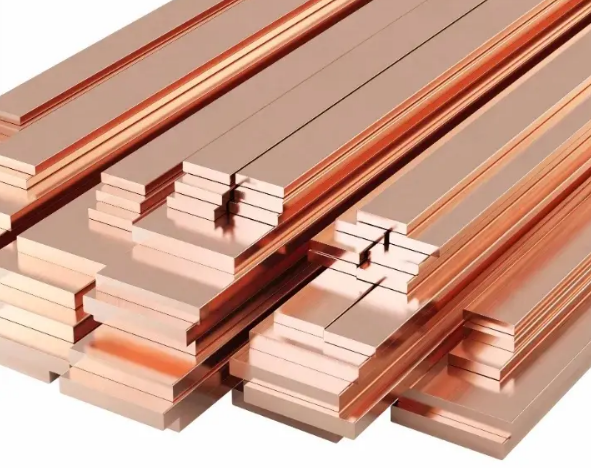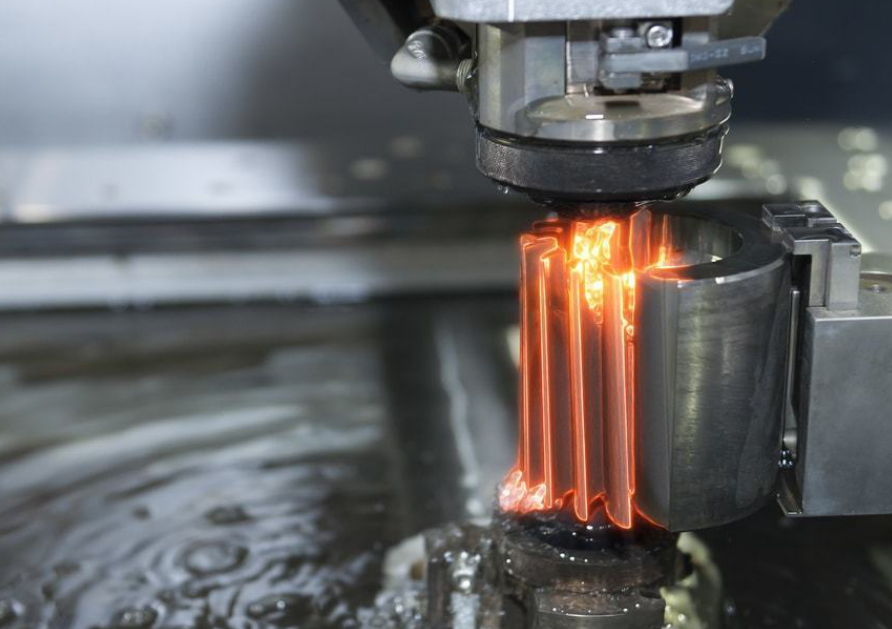5 Common Uses of Iridium
Introduction
Iridium, one of the rarest elements on Earth, has a wealth of applications that make it an indispensable part of many industries. Despite its scarcity, the unique properties of Iridium, such as its high melting point, hardness, and resistance to corrosion, make it a highly desirable material.
This article explores 5 common uses of Iridium. Hope that you can learn about these applications in our everyday lives.
Iridium: A Rare and Precious Element
Iridium, with atomic number 77, ranks as one of the rarest elements on Earth. Its name originates from the Latin word "iris," meaning rainbow. That’s owing to the striking and varied colors of its salts. Naturally occurring in the Earth's crust, Ir is primarily found in association with platinum and other platinum group metals (PGMs). However, its scarcity renders it challenging to extract, contributing to its status as a precious commodity.

Iridium holds immense importance across industries due to its exceptional properties. In aerospace, its unmatched durability and resistance to corrosion are crucial for manufacturing turbine engine components and satellite propulsion systems. Within electronics and telecommunications, iridium's low electrical resistance ensures reliable signal transmission. Moreover, iridium-based catalysts play a pivotal role in facilitating efficient chemical reactions.
5 Common Uses of Iridium
From enhancing the performance of spark plugs to revolutionizing cancer treatment, the common uses of Iridium touch many aspects of our lives. Let’s have a detailed understanding in the following part.
1. Spark Plugs
Firstly, Ir's exceptional hardness and high melting point make it the material of choice for the manufacture of spark plugs, especially in the aviation industry. The demanding conditions in an airplane's engine require materials that can withstand extreme temperatures and constant wear. Iridium spark plugs can ensure more efficient ignition and combustion processes, prolonging the engine's life, and improving its performance.

2. Laboratory Crucibles
Secondly, Iridium finds its use in the manufacture of laboratory equipment, specifically crucibles. In scientific research and experiments, crucibles are used to hold substances that are heated to high temperatures. The properties of Iridium, including its resistance to heat and its high melting point, make it a suitable material for this purpose. Unlike other materials, an Ir crucible does not crack or deform under high temperatures, ensuring the safety and accuracy of experiments.

3. Electrical Contacts
The third use of Iridium is in making certain electrical contacts. Electrical contacts are critical components that facilitate the flow of electricity in devices. They need to be made from materials that can resist arc erosion. That’s because when an electric current jumps across an air gap from one contact to another, erosion occurs.
4. Cancer Treatment
In the medical field, Iridium's radioactive isotopes are used in brachytherapy, a form of internal radiation therapy for cancer. In this treatment, tiny radioactive 'seeds' are placed inside or near the tumor. These seeds emit radiation, killing the cancer cells while minimizing damage to the surrounding healthy tissue. Iridium-192 is the isotope commonly used for this purpose. It offers a highly targeted therapy option that can be tailored to individual patient needs.
5. Spacecraft and Satellites
Lastly, Iridium plays a crucial role in the space industry. Spacecraft and satellites operate in harsh conditions, including high levels of radiation and extreme temperatures. These conditions require materials that can withstand corrosion. Iridium, with its excellent resistance to corrosion, is used in the manufacture of certain spacecraft and satellite parts, ensuring their durability and longevity.
Iridium and PGM Products across Industries
Not only iridium but also PGMs have diverse products and uses across industries. They share similarities across industries:
In terms of elements, Ir is a dense, corrosion-resistant metal. It has a high melting point and is very resistant to corrosion, making it useful in harsh environments. PGMs include platinum, palladium, rhodium, ruthenium, iridium, and osmium. They are all rare, lustrous metals with similar chemical properties, such as high melting points and resistance to corrosion.
The impressive iridium primarily finds use in high-temperature applications, electrical contacts, spark plugs, and in some specialized alloys. It is also used in catalysts and cancer treatment. Meanwhile, each member of the platinum group has specific applications.
- For example, platinum is used in catalytic converters, jewelry, and fuel cells.
- Palladium is useful in catalytic converters, electronics, and hydrogen purification.
- Rhodium finds use in catalytic converters and in some types of jewelry.
- Ruthenium is ideal for electronics and some chemical processes.
- Osmium is suited to alloys and in some industrial processes.
Stanford Advanced Materials (SAM) has over two decades of experience in supplying high-quality Iridium and PGM products. We offer catalysts, crucibles, and evaporation materials at competitive prices. We are also able to customize this product per your specifications.
Conclusion
In summary, iridium has diverse uses across numerous industries. Whether in laboratory equipment, spark plugs, electrical contacts, medical treatments, or spacecraft components, iridium's resilience and reliability contribute to advancements in technology and healthcare, highlighting its vital role in various fields.



